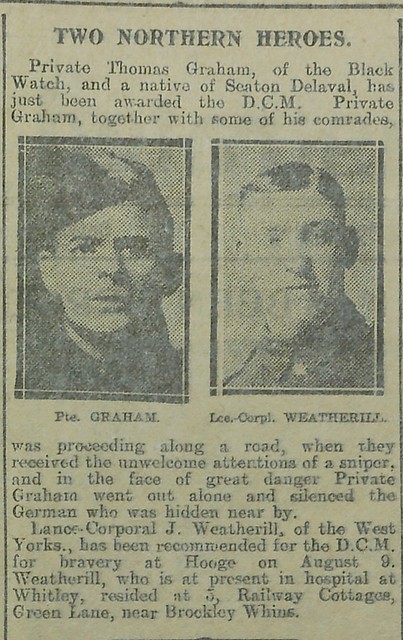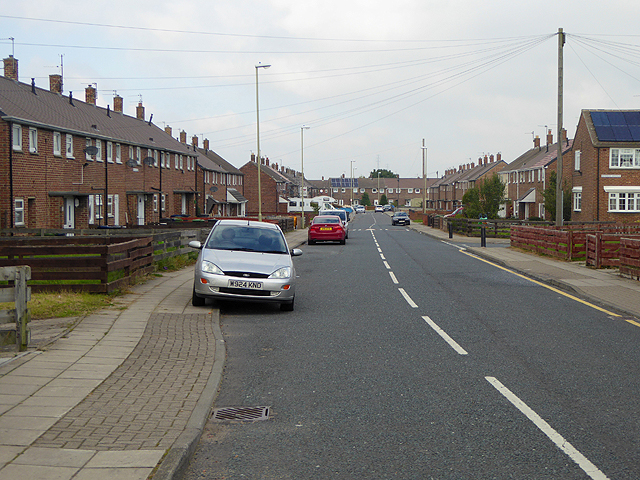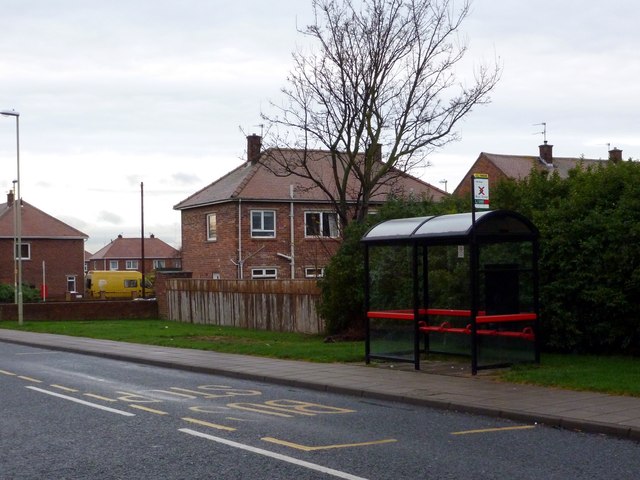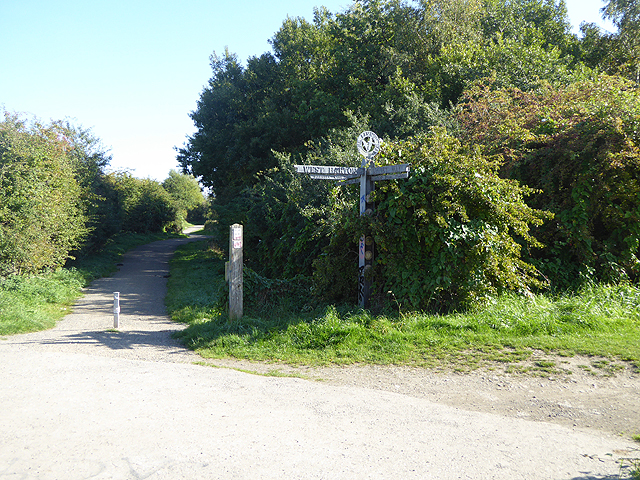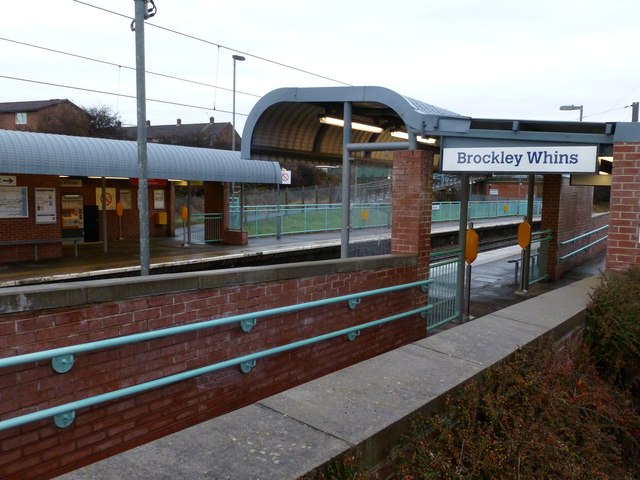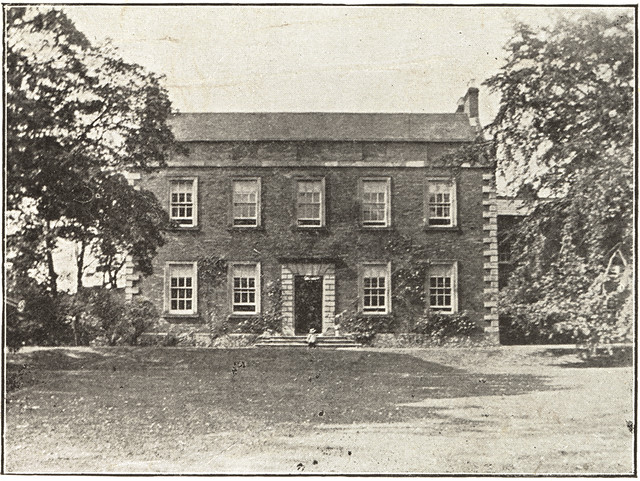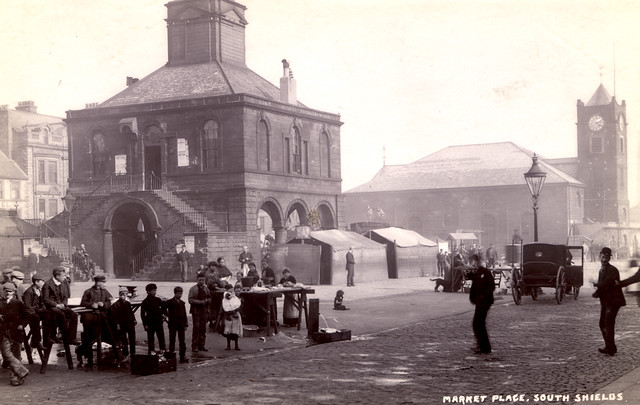Topics > Tyne and Wear > South Tyneside > South Shields > Brockley Whins
Brockley Whins
Brockley Whins is an area in South Tyneside, part of South Shields, with a postcode of NE34.
It is served by Brockley Whins Metro station.
The name originates from a farm which was located about 400 meters East, in what is now the Biddick Hall Estate. ("Brockley" means "of badgers" and "Whins" is synoymous with "bushes"). When the Brandling Junction Railway (now the Newcastle-Sunderland metro line) was built (1839) it crossed the Stanhope and Tyne railway nearby. Sidings were put in place to connect the 2 railways together, and a station was placed there, named after the farm because it was the nearest habitation at that time. The modern estate was apparently named after the station.
Visit the page: Brockley Whins for references and further details. You can contribute to this article on Wikipedia.
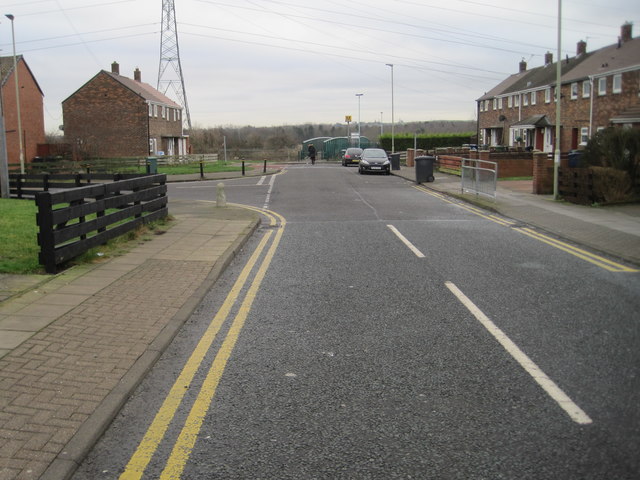
from Geograph (geograph)
Brisbane Avenue, looking towards Brockley Whins Metro station
Pinned by Pat Thomson
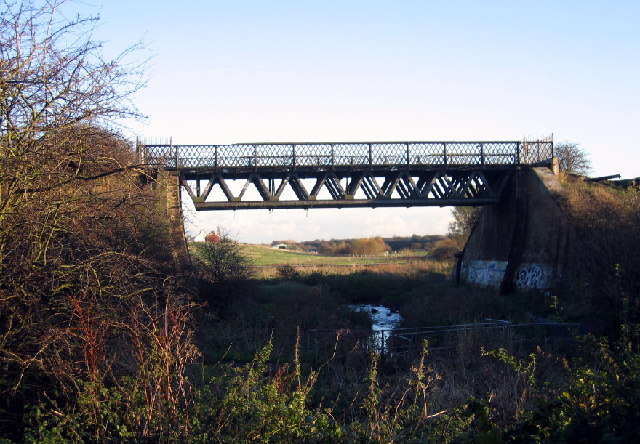
from Geograph (geograph)
Old railway bridge over the River Don near Brockley Whins
Pinned by Pat Thomson


from Geograph (geograph)
Brisbane Avenue, looking towards Brockley Whins Metro station
Pinned by Pat Thomson

from Geograph (geograph)
Old railway bridge over the River Don near Brockley Whins
Pinned by Pat Thomson
